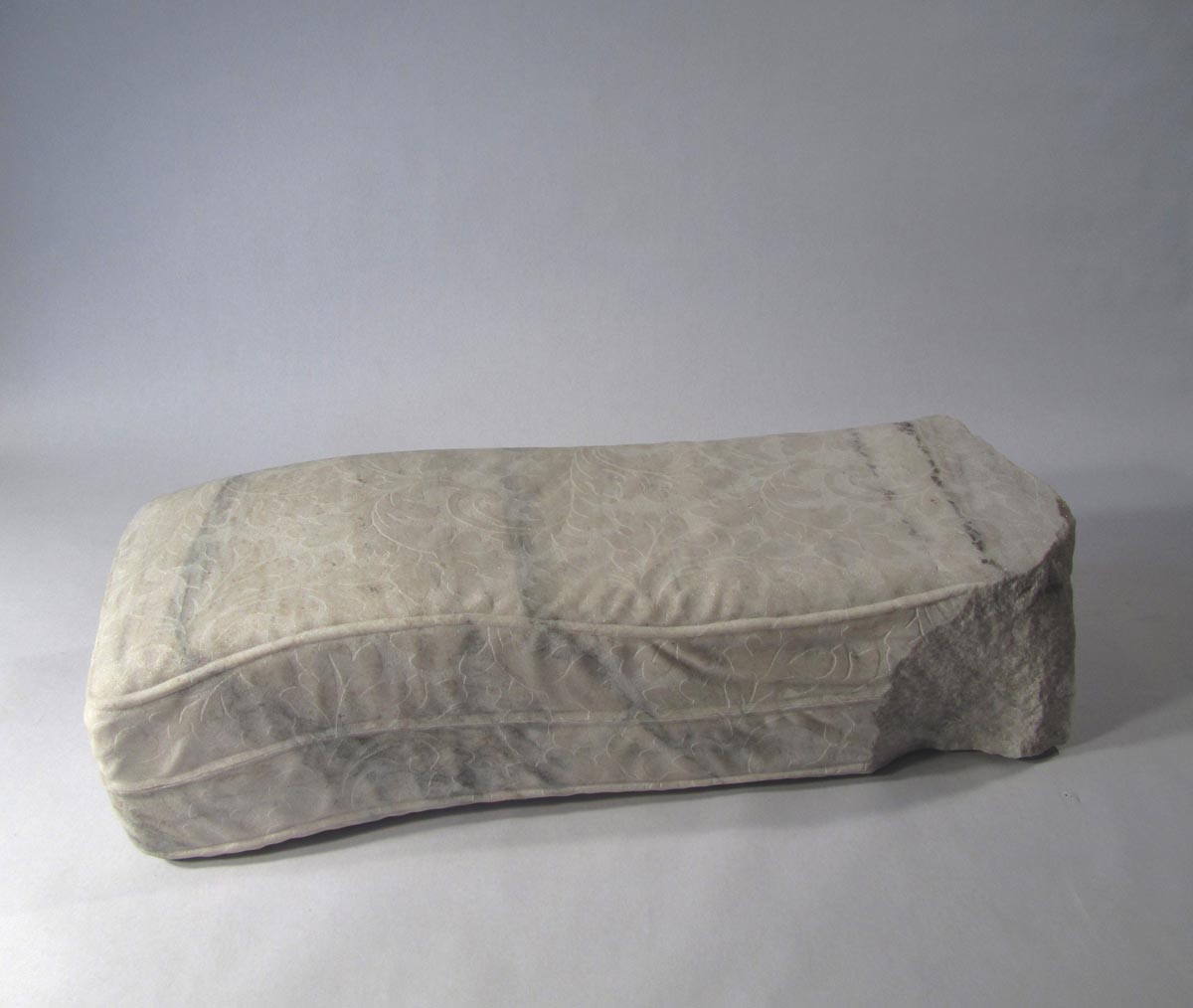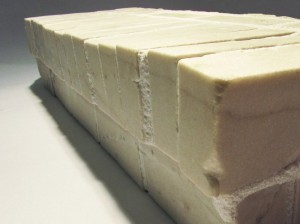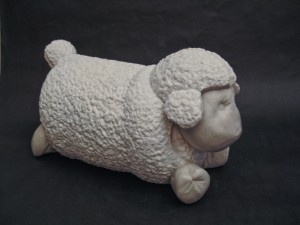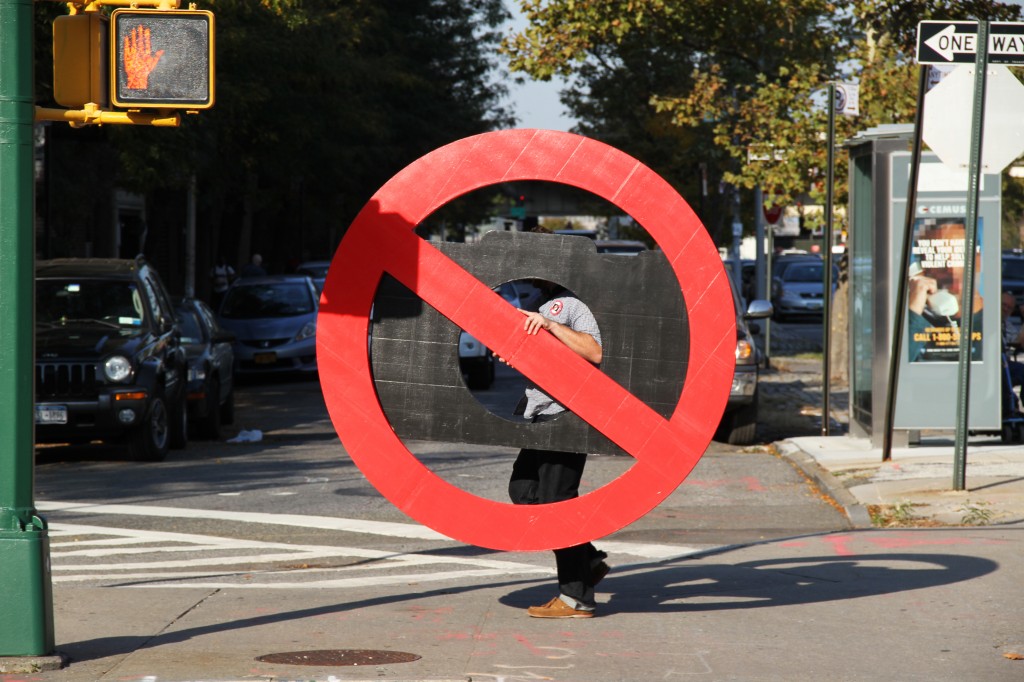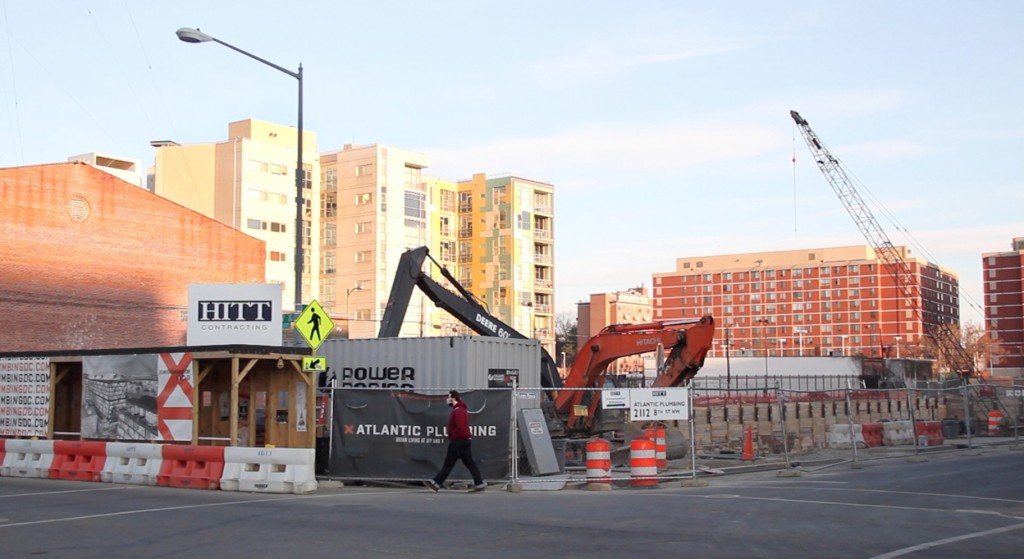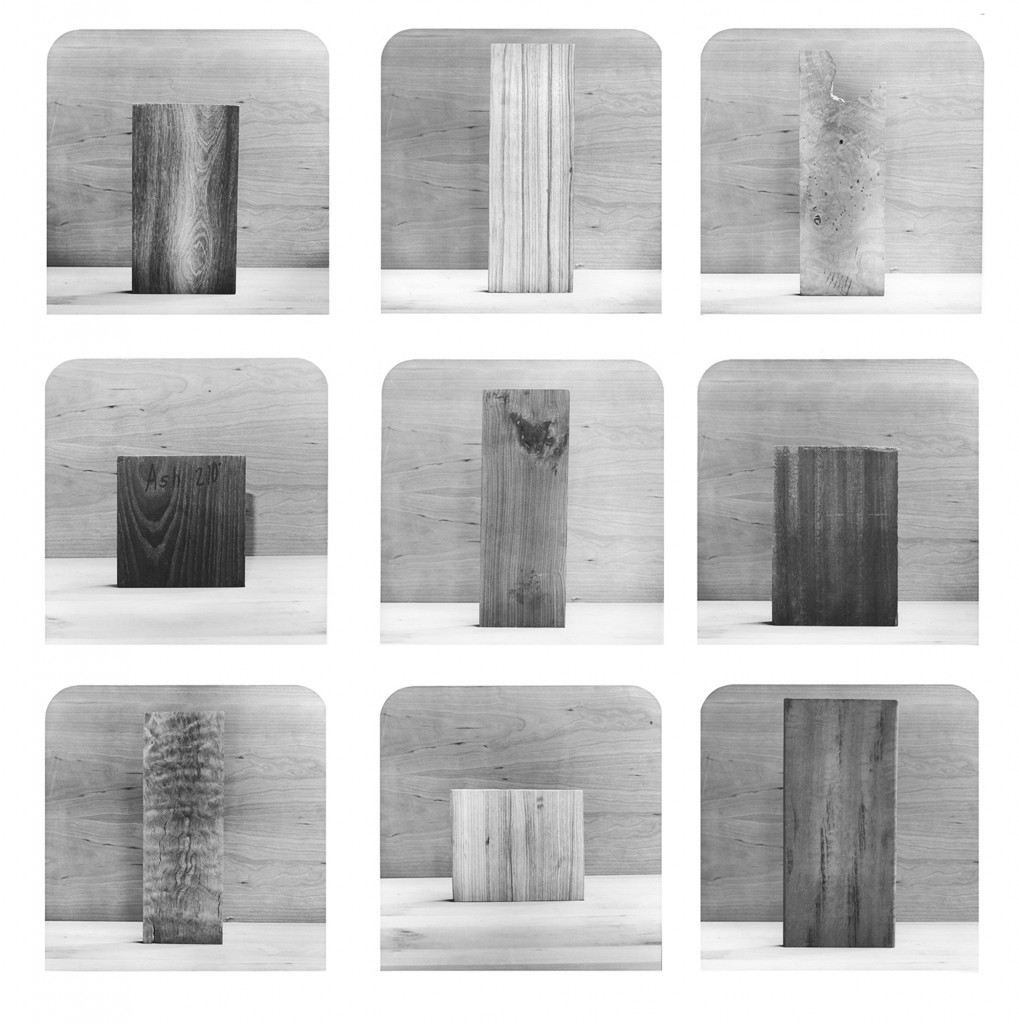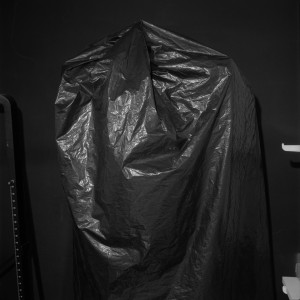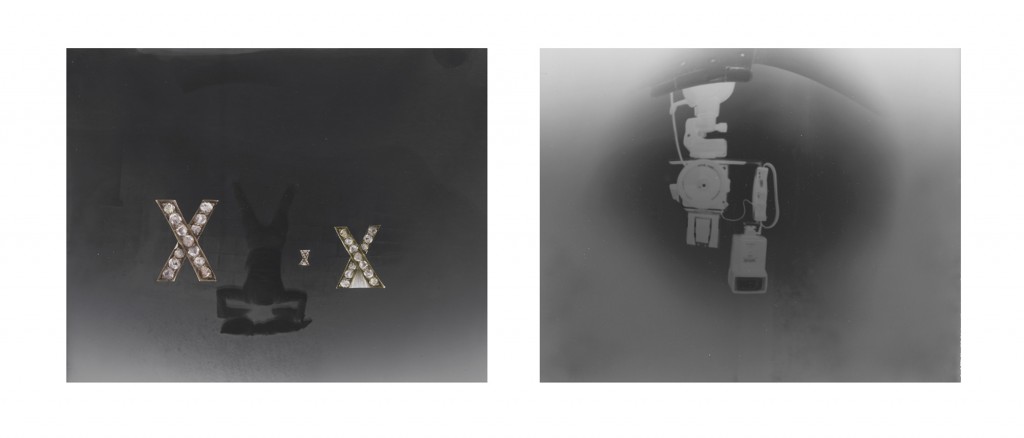This is the eighteenth in a series of interviews with each of the Sondheim Award Semifinalists. Finalists have been announced, and will be on exhibit at the Walters Art Museum June 21 to August 17; those not selected as finalists with be exhibited at the Decker, Meyerhoff and Pinkard Galleries at MICA July 17 to August 3, 2014.
Name: Sebastian Vincent Martorana
Age: 33
Website: www.sebastianworks.com
Current Location: Baltimore, Station North/Barclay
Hometown: Manassas,VA
School: Syracuse University, BFA, Illustration. MICA, MFA, Rinehart School of Sculpture.
Current favorite artists or artwork? Beth Cavner, Fabio Viale, Ron Mueck, Phil Hale
What is your day job? How do you manage balancing work with studio time with your life? How would you describe your work, and your studio practice? After I graduated from Rinehart in 2008 I founded Atlantic Custom Carving, LLC, which is basically the trade name for my freelance and subcontracting work. I do carving, design, restoration, fabrication, consulting, etc. I work primarily in stone, but I also carve wood and do fine art restoration of sculpture in various media. Additionally, do a bit of freelance illustration and teach a couple of courses a semester in the Illustration Department at MICA.
About the same time I finished grad school and founded ACC, I began working with Hilgartner Natural Stone Company. They are the oldest stone company in the US and are located here in downtown Baltimore. I am basically their resident stone carver and I am able to hire them for the kind of things that I need assistance with. I’m lucky to stay pretty busy with commissioned work that comes to me directly and also through Hilgartner. I try to get as much of my own work done as I can in between jobs. However, my wife and I had our first child about a year and a half ago, so finding that time has become ever more difficult. I’m very fortunate that there is a lot of crossover between my “work-work” and my “art- work.” So my day job keeps me mostly in the studio, even if I’m not always working on my own concepts.
What part of art making to you like or enjoy the most? Hammer hitting chisel, hitting stone. The least? Paperwork.
What research do you do for your art practice? The usual stuff, I guess. I do a lot of looking at things very hard and thinking about them. Because making a single large scale piece out of marble is a pretty big commitment, in terms of time and money, I really want to make sure that I am devoted to the concept. I need to be into it on a practical and conceptual level. I may do a lot of background reading if the art piece relates to other real word phenomena. Depending on the complexity and required precision, I might do sketches, drawings, technical and otherwise and full or scale models. I usually do lots of photography for visual reference.
What books have you read lately you would recommend? Movies? Television? Music? I’d recommend Not in My Neighborhood by Antero Pietila to anyone that lives in Baltimore. Very enlightening. As far as music–actually fast, up tempo rock/punk. I think that people get the impression that stone sculptors listen to classical musical all the time, probably because of the soundtracks of ridiculous TV/movies montages, wherein the romantic artist knocks out a life size marble figure in a few delicately placed strikes. But that’s movie magic. Rocks are hard, so: hard rock just makes sense.
Do you ever get in creative dry spells, and if so, how do you get out of them? Honestly, no. Not because I’m so creative. But like most artists, I only have a limited time to work on my own sculptural ideas, and since every piece takes me so long to produce, I never catch up with the backlog of ideas that I would like to work on. I wish that someday I could get to the point where I got to do everything I thought of, but I suspect that if I did, I’d be disappointed.
How do you challenge yourself in your work? I try to do things that I’m excited about. I get really into trying to do something that I haven’t seen before. Often this involves material that is, in part, salvaged, or combining materials. Since I can’t buy this stuff at an art store, it doesn’t come with instructions, so the challenge is not only in doing something that is difficult well, but in figuring out how to do it at all. It can even be just a new and unique texture. That part is like being an impressionist painter. I’m not creating a replica of a thing, but an interpretation of a thing. It all starts with experimentation.
What is your dream project? I have been working on a series of pieces about and made from salvaged row home steps that came from razed neighborhoods. I have made some of these look like comfortable cushions based on the furniture in my own home. I would like to have the time and money to take salvaged stones from my own neighborhood and re-make a full stoop (2 or 3 treads and a landing set together) that was carved to look like an entire piece of soft, upholstered furniture. I would install it in a public place in the neighborhood that now has new construction, which lacks the historical marble steps. It would act as a proud and positive reminder of the buildings and people that used to exist here and call this place home. It could be a place where people could still sit and hangout on marble stair steps, even if their homes didn’t have them anymore, and take part in that aspect of Baltimore’s cultural history.

